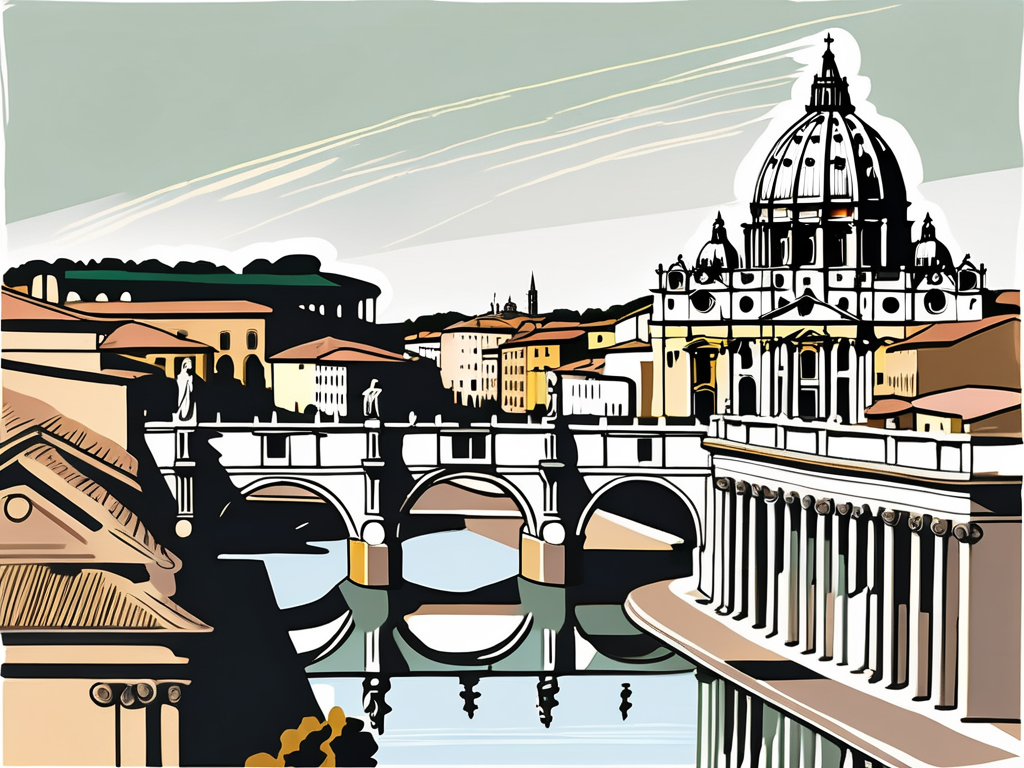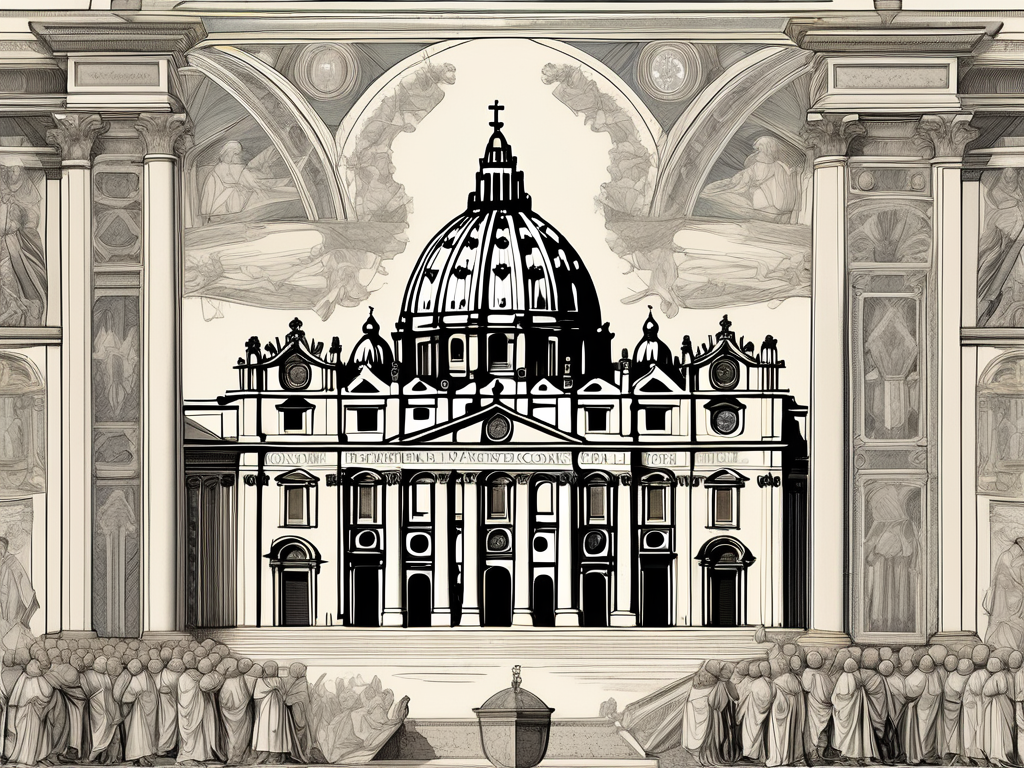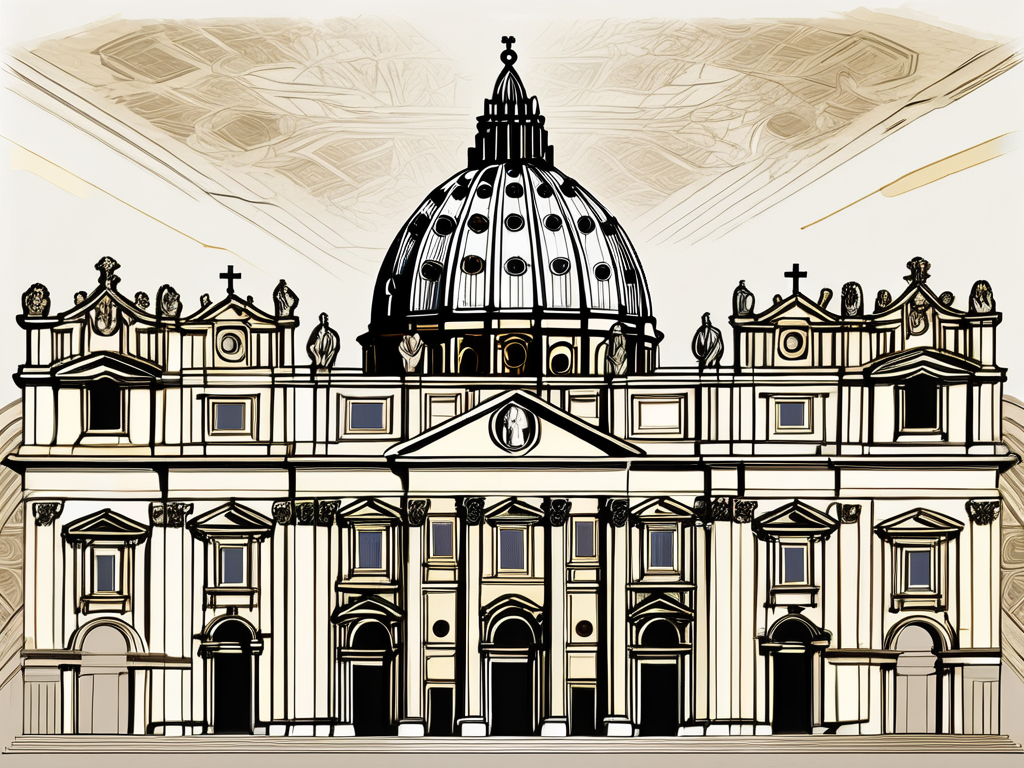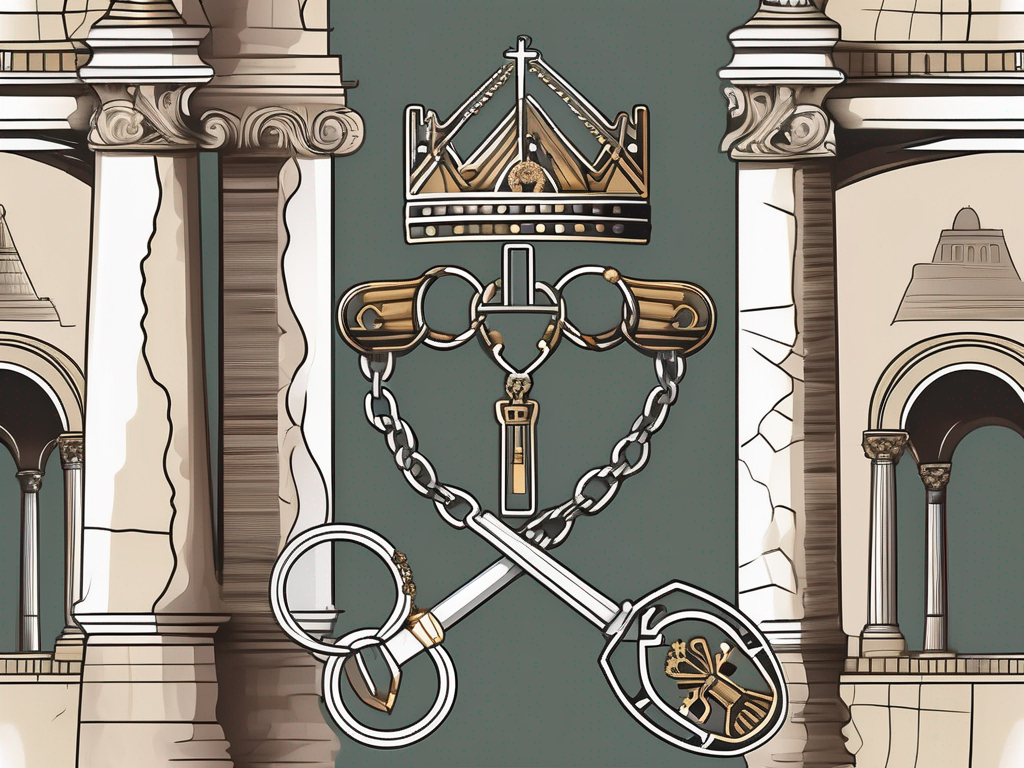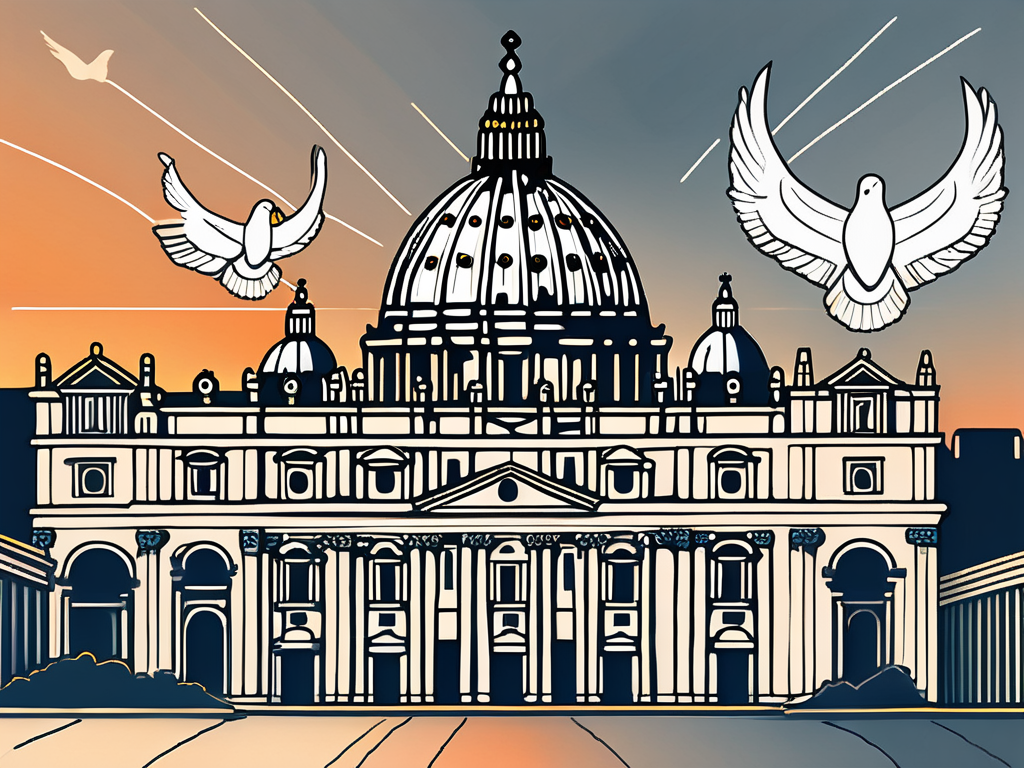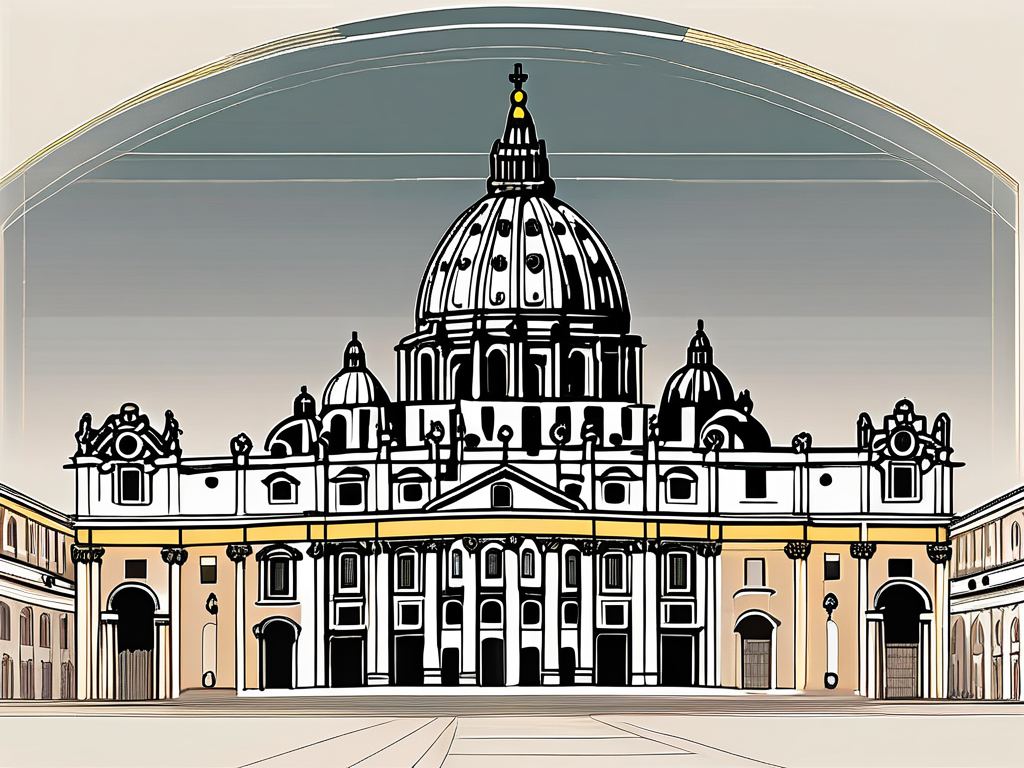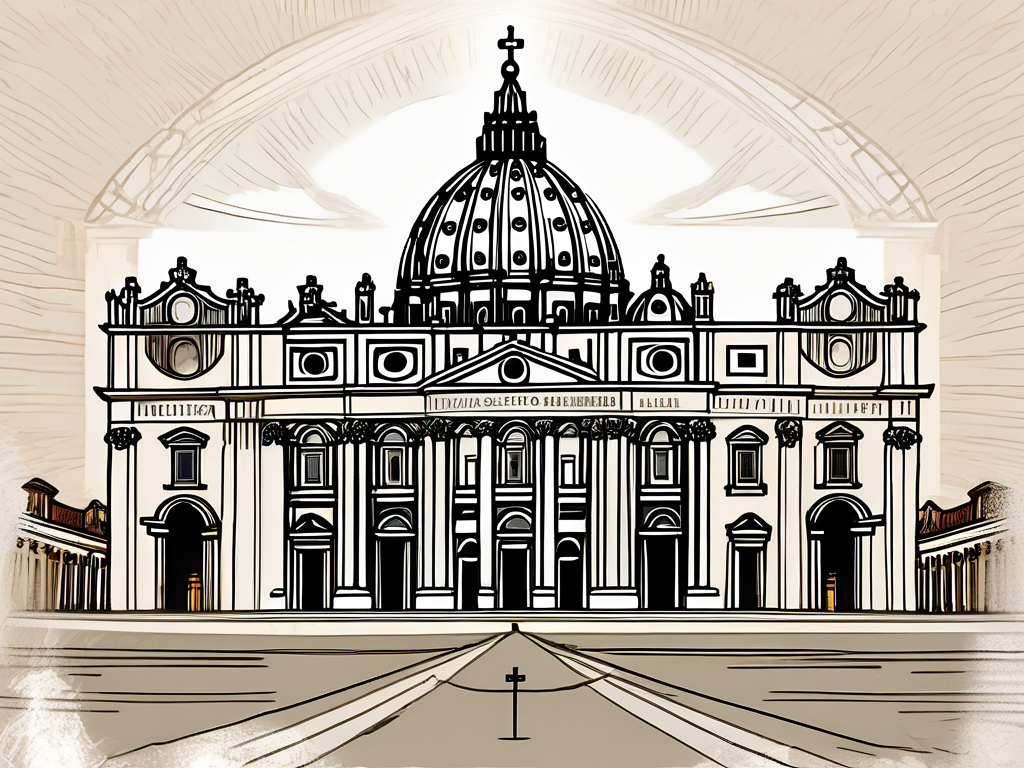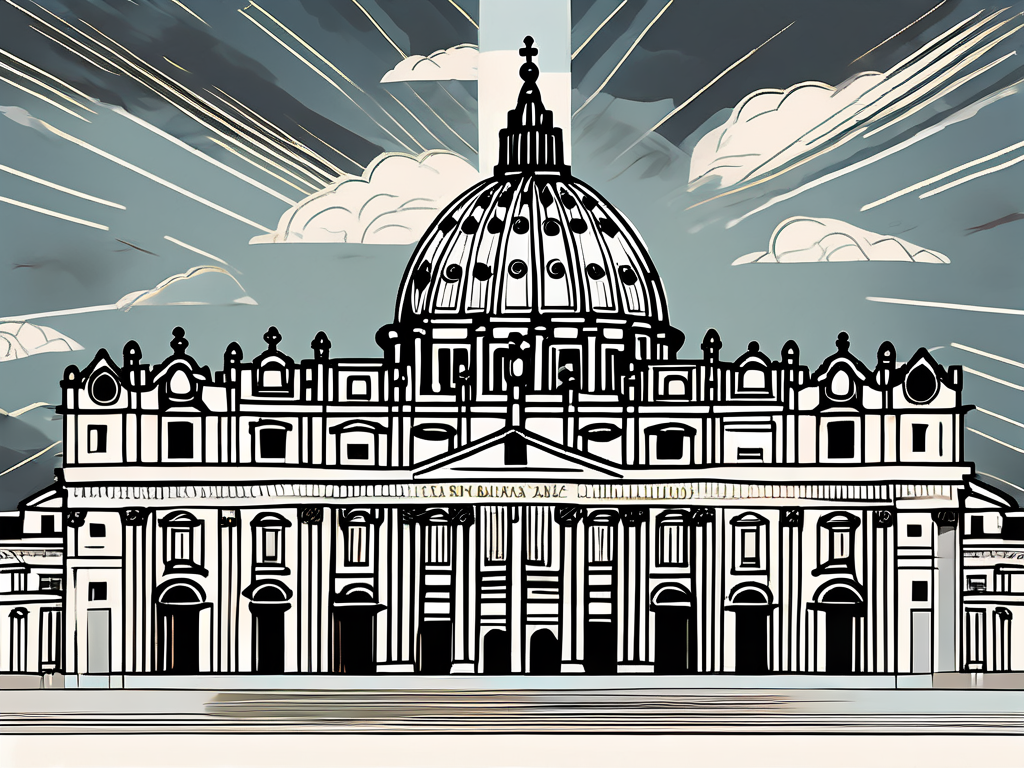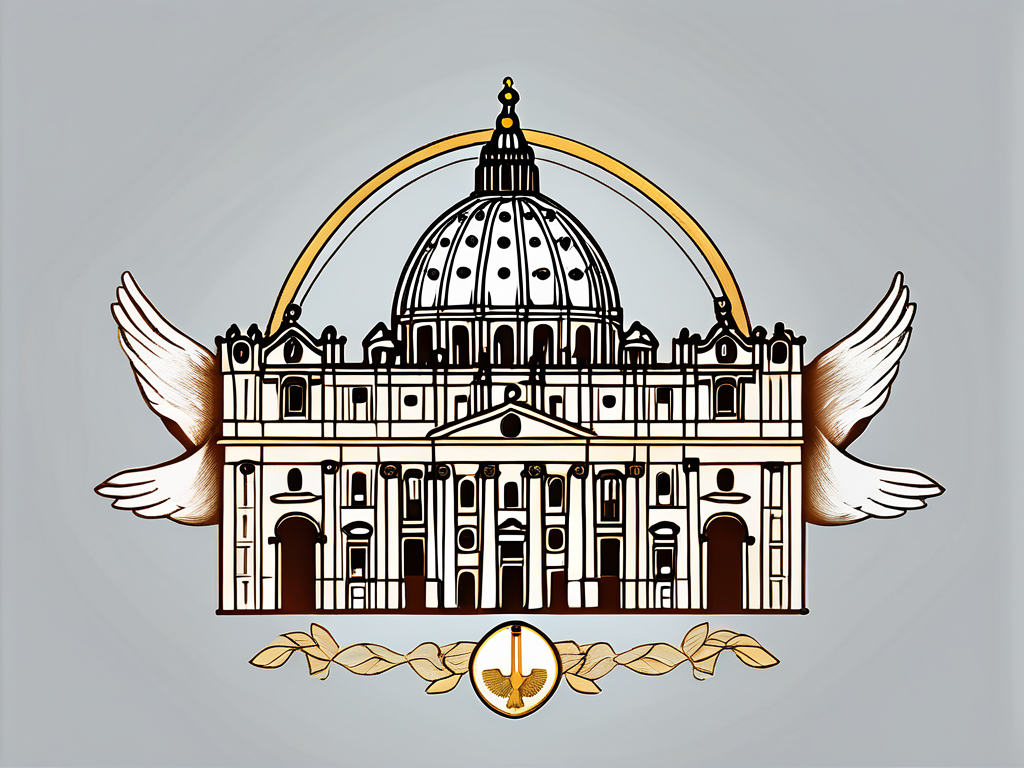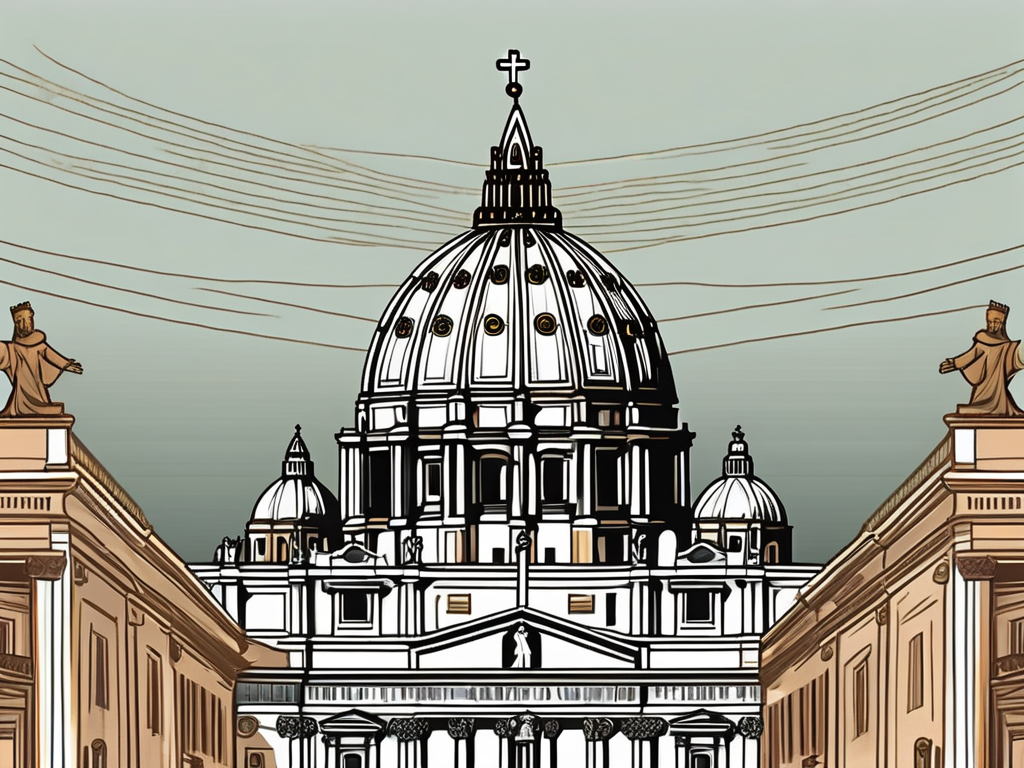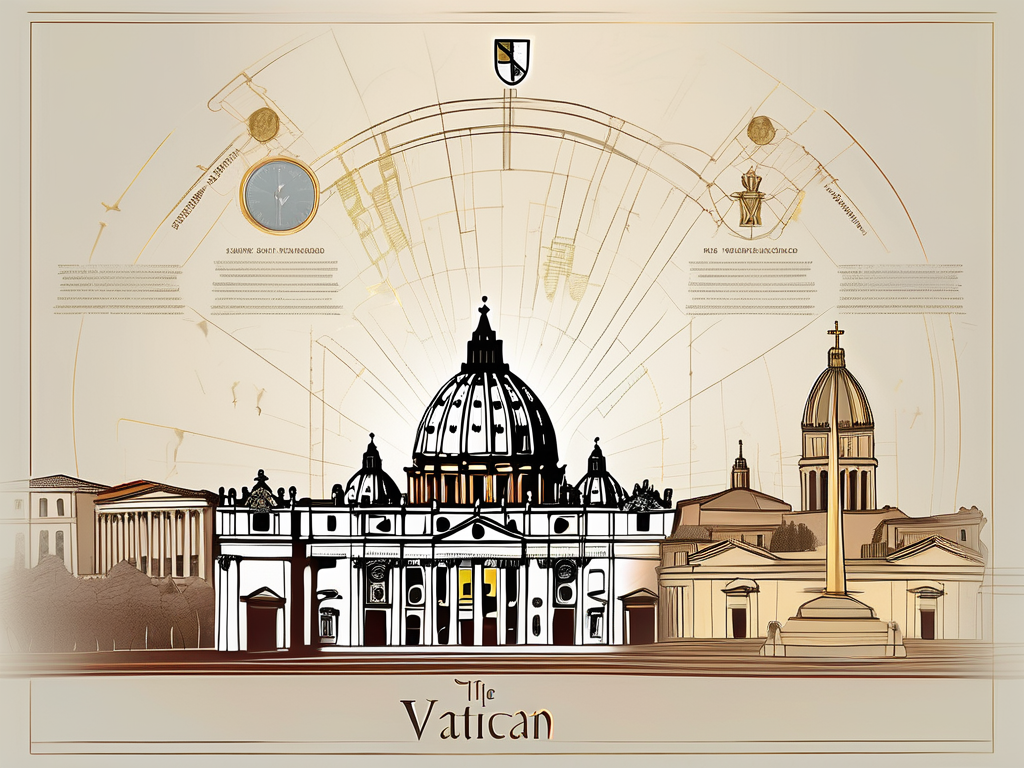Pope Sixtus IV, born Francesco della Rovere, was a prominent figure in the history of the Catholic Church. His papacy, which lasted from 1471 to 1484, left a lasting impact on both the church and the Renaissance era. From his early life to his controversial reign, let us delve into the fascinating legacy of Pope Sixtus IV.
Early Life and Ascension to Papacy
The journey of Pope Sixtus IV began in Savona, Italy, where he was born in 1414. Raised in a humble family, Francesco della Rovere’s thirst for knowledge led him to pursue a career in the church. He received a comprehensive education and later joined the Franciscan Order, embracing a life of piety and service.
Francesco’s unwavering dedication and intellect caught the attention of his superiors, and he quickly rose through the ranks. His commitment to his faith and his tireless efforts to promote the teachings of the Catholic Church earned him a reputation as a devout and respected clergyman.
As he ascended the ranks of the church hierarchy, Francesco’s leadership skills and administrative acumen became evident. His ability to navigate complex political landscapes and forge alliances with influential figures made him a formidable force within the Vatican.
In 1471, Francesco was elected as Pope Sixtus IV, succeeding Pope Paul II. This momentous occasion marked the pinnacle of his career and the beginning of a transformative era that would leave a profound impact on the Catholic Church and the Renaissance period as a whole.
As Pope Sixtus IV, Francesco embarked on a mission to restore and strengthen the authority of the papacy. He sought to combat the corruption and moral decay that had plagued the church, implementing a series of reforms aimed at revitalizing the spiritual and moral fabric of Catholicism.
One of Pope Sixtus IV’s most significant contributions was his patronage of the arts. Recognizing the power of art to inspire and uplift, he commissioned renowned artists such as Botticelli and Ghirlandaio to create masterpieces that adorned the walls of the Vatican and other prominent churches.
Under his patronage, the Sistine Chapel, which would later become world-famous for Michelangelo’s frescoes, underwent a significant renovation. Pope Sixtus IV’s vision for the chapel’s transformation into a place of unparalleled beauty and grandeur was a testament to his appreciation for the arts and his desire to create a spiritual haven for worshipers.
Furthermore, Pope Sixtus IV played a pivotal role in the establishment of the Vatican Library. Recognizing the importance of preserving and disseminating knowledge, he amassed an impressive collection of manuscripts and books, laying the foundation for one of the world’s most renowned libraries.
Throughout his papacy, Pope Sixtus IV also focused on expanding the influence and reach of the Catholic Church. He actively engaged in diplomacy, forging alliances with various European powers and promoting Catholicism as a unifying force.
His efforts to strengthen the papacy’s authority were not without controversy, however. Pope Sixtus IV found himself embroiled in political disputes and power struggles, particularly with the powerful Medici family in Florence. These conflicts, while challenging, showcased his unwavering commitment to upholding the principles and teachings of the Catholic Church.
Pope Sixtus IV’s papacy left an indelible mark on the Catholic Church and the Renaissance period. His dedication to reform, patronage of the arts, and expansion of the church’s influence contributed to a period of profound transformation and cultural flourishing.
Sixtus IV’s Papal Policies and Reforms
During his papacy, Pope Sixtus IV implemented a series of church reforms and issued significant decrees that aimed to strengthen the institution and leave a lasting impact on the world. His visionary leadership and commitment to progress brought about several notable changes.
One of the most remarkable reforms initiated by Pope Sixtus IV was the establishment of the Sistine Chapel. This magnificent creation not only served as a place of worship but also became a symbol of artistic excellence and cultural significance. The Sistine Chapel, adorned with breathtaking frescoes by renowned artists such as Michelangelo, Botticelli, and Perugino, solidified Sixtus IV’s legacy in the world of art and culture. The chapel’s stunning beauty and artistic grandeur continue to captivate visitors from around the globe, serving as a testament to the Pope’s patronage of the arts.
Furthermore, Pope Sixtus IV recognized the importance of diplomacy in maintaining peace and resolving conflicts between nations. He actively engaged in diplomatic efforts to improve relations and foster harmony among different countries. One of his most notable contributions in this regard was his pivotal role in the Treaty of Tordesillas.
The Treaty of Tordesillas, signed in 1494, was an agreement between Spain and Portugal that aimed to divide the newly discovered lands of the world. Pope Sixtus IV played a crucial role in mediating the negotiations and ensuring a fair division of territories. This treaty not only helped to prevent potential conflicts between the two nations but also laid the groundwork for future exploration and colonization.
Under Pope Sixtus IV’s guidance, the Catholic Church experienced a period of significant growth and transformation. His commitment to reform and his efforts to promote diplomacy left an indelible mark on the institution and the world at large. The Sistine Chapel stands as a testament to his appreciation for art and culture, while the Treaty of Tordesillas serves as a reminder of his dedication to fostering peace and resolving conflicts through diplomatic means.
Contributions to Art and Culture
Pope Sixtus IV, whose papacy lasted from 1471 to 1484, made significant contributions to the world of art and culture during the Renaissance period. His extensive patronage of the arts transformed the Vatican into a vibrant center of artistic excellence.
Under the guidance of Pope Sixtus IV, the Vatican became a hub for some of the most talented artists of the time. Notable figures such as Sandro Botticelli and Domenico Ghirlandaio were given the opportunity to showcase their skills and bring their masterpieces to life. The walls of the Vatican were adorned with breathtaking frescoes and paintings, depicting religious narratives and mythological scenes, which continue to captivate audiences to this day.
However, Sixtus IV’s contributions to art extended beyond individual artists. He took a momentous step by establishing the Vatican Library, a monumental institution that would become a treasure trove of knowledge. The library housed countless works of literature, art, and philosophy, making it a sanctuary for scholars and intellectuals.
The Vatican Library, with its vast collection, became a beacon of enlightenment during a time when access to information was limited. It provided a space for scholars from all over the world to study and exchange ideas, fostering intellectual growth and cultural exchange. The library’s shelves were filled with ancient manuscripts, illuminated texts, and rare books, offering a glimpse into the rich tapestry of human history.
Today, the Vatican Library remains a valuable resource for researchers and scholars, offering access to a wealth of historical and cultural artifacts. It continues to preserve and protect invaluable works, ensuring that future generations can explore and learn from the past.
Pope Sixtus IV’s contributions to art and culture were not only a testament to his appreciation for beauty and knowledge but also a reflection of his desire to elevate the human spirit. Through his patronage and the establishment of the Vatican Library, he left an indelible mark on the world, enriching our understanding of history, art, and culture.
Controversies and Criticisms
No papacy is without its controversies, and Sixtus IV’s reign was no exception. One of the most prominent criticisms leveled against him was the accusation of nepotism. Pope Sixtus IV bestowed positions of power and influence upon several of his family members, sparking public outrage and tarnishing his reputation.
However, the controversies surrounding Sixtus IV extended beyond nepotism. His papacy was marked by a series of political and religious conflicts that further fueled criticism and controversy. One such conflict was the infamous Pazzi Conspiracy, a failed assassination attempt on the Medici family.
The Pazzi Conspiracy, which unfolded during Sixtus IV’s pontificate, sent shockwaves throughout Italy and beyond. The Medici family, one of the most powerful and influential families in Florence, found themselves as the target of a sinister plot. The conspirators, led by the Pazzi family, sought to overthrow the Medici rule and seize control of the city.
While the exact extent of Pope Sixtus IV’s involvement in the conspiracy remains a subject of debate among historians, his perceived support for the Pazzi conspirators drew significant criticism. Some argue that the Pope’s desire to weaken the Medici family’s influence in Florence led him to tacitly support the assassination attempt.
As news of the conspiracy spread, public opinion turned against Sixtus IV. Many saw his alleged involvement as a betrayal of his role as the spiritual leader of the Catholic Church. The Pope’s reputation suffered a severe blow, and his actions were seen as undermining the stability and integrity of the papacy.
Moreover, the Pazzi Conspiracy was not the only controversy that marred Sixtus IV’s papacy. His reign was also marked by conflicts with various Italian city-states, as well as tensions within the Catholic Church itself. These disputes further fueled criticism and added to the perception of a troubled pontificate.
Despite the controversies and criticisms that surrounded his papacy, Sixtus IV also left a lasting legacy. He played a significant role in the cultural and artistic flourishing of the Renaissance, commissioning renowned artists such as Botticelli and Michelangelo to create masterpieces for the Vatican. His patronage of the arts and architecture contributed to the beautification of Rome and established a tradition of artistic patronage that would continue throughout the centuries.
In conclusion, the controversies and criticisms faced by Pope Sixtus IV during his reign were not limited to accusations of nepotism. The Pazzi Conspiracy and other conflicts cast a shadow over his papacy, tarnishing his reputation and raising questions about his leadership. However, his patronage of the arts and his contributions to the cultural and artistic landscape of Rome cannot be overlooked. Sixtus IV’s legacy is a complex one, encompassing both controversy and artistic achievement.
The Impact of Sixtus IV’s Papacy
Pope Sixtus IV’s papacy left an indelible mark on the Catholic Church and the Renaissance era. His church reforms and decrees consolidated the power and influence of the institution, setting the stage for future papal endeavors.
Beyond the church, Sixtus IV’s patronage of art and culture laid the foundation for the flourishing Renaissance movement. The Vatican Library, a testament to his commitment to intellectual knowledge, became a beacon of wisdom for generations to come.
In conclusion, the legacy of Pope Sixtus IV is a complex tapestry of religious reform, cultural patronage, controversy, and political intrigue. His impact on the Catholic Church and the Renaissance era cannot be understated, solidifying his place in history as a remarkable figure who shaped the world in more ways than one.
